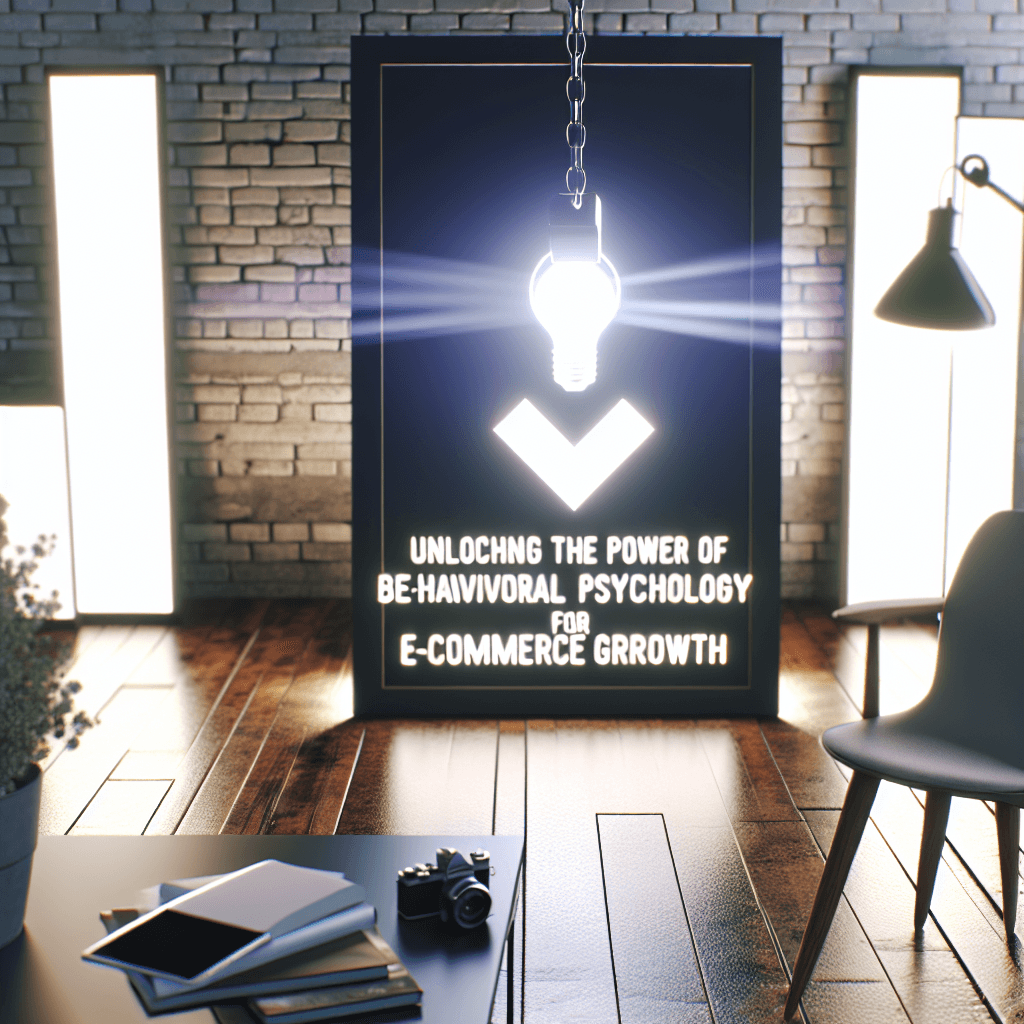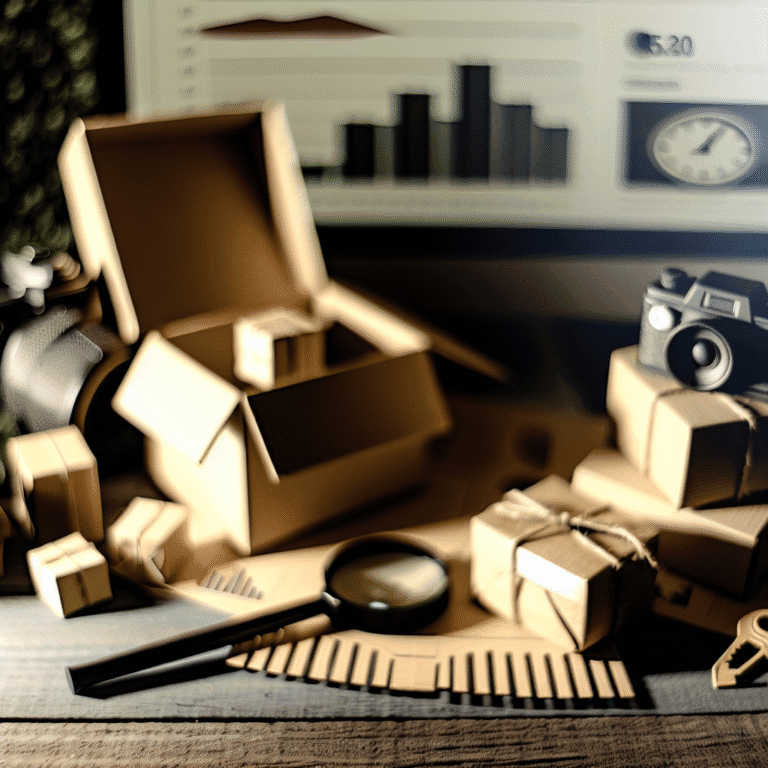Making Shopping Cart Ghosts Disappear
Feel like you’re playing detective with your e-commerce numbers? Clicks, page views, abandoned carts — they’re like pieces of a puzzle that never quite fit. While design and details have their place, let’s be honest, people shop with their hearts — not their heads.
Here’s the fix: give your shoppers a nudge with psychology. Fancy broadcaster-style shouting won't work; try whispering smartly instead. Here are five brainy tricks to turn browsers into buyers.
Shrink Prices with Anchoring
Our brains love a good anchor. Once we latch onto a number, it's hard to let go. Makes sense, right? When shopping, that first price becomes the standard by which all others are judged.
Here’s how you can use this to your advantage:
- Show original prices beside sale ones
- Start with high-end products, so the rest seem like a bargain
- Offer tiered bundles like "Starter," "Most Popular," and "Premium"
I once read about a supplements shop that switched the order of product prices, leading with the pricey stuff first. Like magic, average orders shot up 21%.
Social Proof: Everyone’s Doing It
Picture this: two shops. One’s buzzing, the other’s dead as winter. Your pick? The busy one. Online, social proof fills that void. It’s not just statistics; it’s a nudge of trust.
Ways to show the crowd loves you:
- Notifications: "Alex in Bristol just snagged a bag!"
- Reviews galore: "4,500+ 5-star shoutouts"
- Pics and vids from real folks
- As featured in big names like Vogue or Wired
- Live viewer counts: "38 people eyeing this right now"
It’s all about keeping it real and relevant. Try peppering a popular page with user reviews. You’ll notice lower bounces and more carts filled. Turns out, shopping doesn’t have to feel risky.
Use Urgency’s Little Helper: Loss Aversion
Ever chased a train just in case? We’re hardwired to dodge loss more than we’re drawn to gain. This fear of missing out? It’s persuasion gold.
Here’s how to stir a little urgency:
- "Only 1 left, better grab it!"
- Countdown timers, ticking away
- Guilt-inducing nudges: "Saved £15 — it’s slipping away!"
- Upcoming price hike warnings
- Friendly FOMO: "Others bought this and that — still available!"
Honesty is key. Phoney scarcity can lead to chilly trust. Invoke urgency authentically, and watch shoppers race to the finish line.
Cut Through Choice Paralysis
Too many options can be like a Netflix queue — overwhelming. More isn’t always better. Faced with 94 similar phone cases, who wouldn’t bail?
Simplify to boost decisions:
- Replace chaos with curated picks like "Best Sellers"
- Segment early: "Shop by Size, Occasion or Colour"
- Purge excess with elimination filters
- Highlight "Top Rated" options
- Suggest with logic: "Loved A? Try B—it’s a match."
A sock company swapped their messy grid for themed packs and saw a 19% uptick. They didn’t change the socks; they changed how choices were framed.
Encourage a Little Commitment
There’s something about starting a thing that makes us want to finish it. Commit to a small step, and the rest feels easier.
Ways to encourage commitment:
- Wishlist and "Save for Later" options
- Engaging quizzes: "Your next fave hair day is just a quiz away"
- Profile setups: "Help us know your style"
- Checkout progress bars: "Step 2 of 3, nearly there!"
- Loyalty labels: "Welcome to Silver tier — enjoy 10% off"
These mini “yeses” add up. Engaged shoppers complete loops, become repeat customers, and raise long-term value.
Seal the Deal with Psychology’s Helping Hand
Pump up those conversions not with glossy photos or neon CTAs, but by tapping into customer emotions and instincts.
- Frame value cleverly
- Build authentic trust with social cues
- Encourage purchasing with a dash of urgency
- Offer well-framed choice
- Create follow-through with little commitments
So, before you redraw your homepage, think about rewiring how your visitors feel. The moment buying feels smooth and sensible, it just happens.
Armed with a cuppa or perhaps a pint and a better grasp of the buyer’s mind, you're ready to test one of these strategies this week. There's no need for a bigger budget when you have the smarts to understand the browser’s brain.





